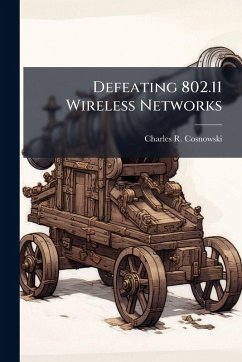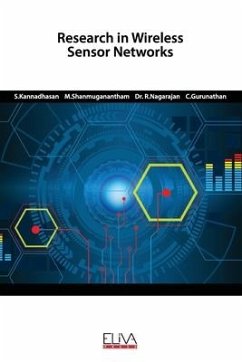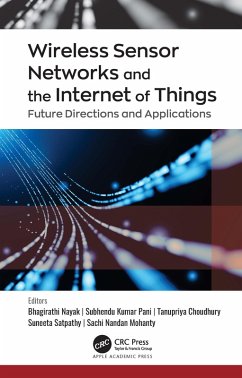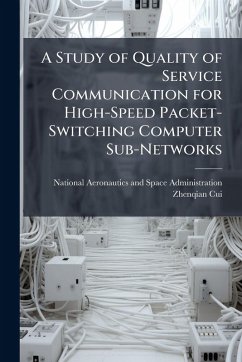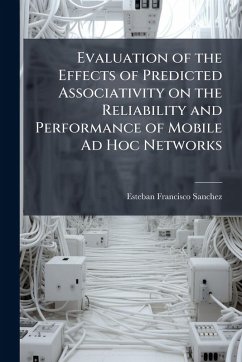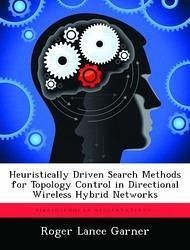
Heuristically Driven Search Methods for Topology Control in Directional Wireless Hybrid Networks
Versandkostenfrei!
Versandfertig in über 4 Wochen
17,99 €
inkl. MwSt.

PAYBACK Punkte
9 °P sammeln!
Information and Networked Communications play a vital role in the everyday operations of the United States Armed Forces. This research establishes a comparative analysis of the unique network characteristics and requirements introduced by the Topology Control Problem (also known as the Network Design Problem). Previous research has focused on the development of Mixed-Integer Linear Program (MILP) formulations, simple heuristics, and Genetic Algorithm (GA) strategies for solving this problem. Principal concerns with these techniques include runtime and solution quality. To reduce runtime, new s...
Information and Networked Communications play a vital role in the everyday operations of the United States Armed Forces. This research establishes a comparative analysis of the unique network characteristics and requirements introduced by the Topology Control Problem (also known as the Network Design Problem). Previous research has focused on the development of Mixed-Integer Linear Program (MILP) formulations, simple heuristics, and Genetic Algorithm (GA) strategies for solving this problem. Principal concerns with these techniques include runtime and solution quality. To reduce runtime, new strategies have been developed based on the concept of flow networks using the novel combination of three well-known algorithms; knapsack, greedy commodity filtering, and maximum flow. The performance of this approach and variants are compared with previous research using several network metrics including computation time, cost, network diameter, dropped commodities, and average number of hops per commodity. The results conclude that maximum flow algorithms alone are not quite as effective as previous findings, but are at least comparable and show potential for larger networks. This work has been selected by scholars as being culturally important, and is part of the knowledge base of civilization as we know it. This work was reproduced from the original artifact, and remains as true to the original work as possible. Therefore, you will see the original copyright references, library stamps (as most of these works have been housed in our most important libraries around the world), and other notations in the work. This work is in the public domain in the United States of America, and possibly other nations. Within the United States, you may freely copy and distribute this work, as no entity (individual or corporate) has a copyright on the body of the work. As a reproduction of a historical artifact, this work may contain missing or blurred pages, poor pictures, errant marks, etc. Scholars believe, and we concur, that this work is important enough to be preserved, reproduced, and made generally available to the public. We appreciate your support of the preservation process, and thank you for being an important part of keeping this knowledge alive and relevant.



